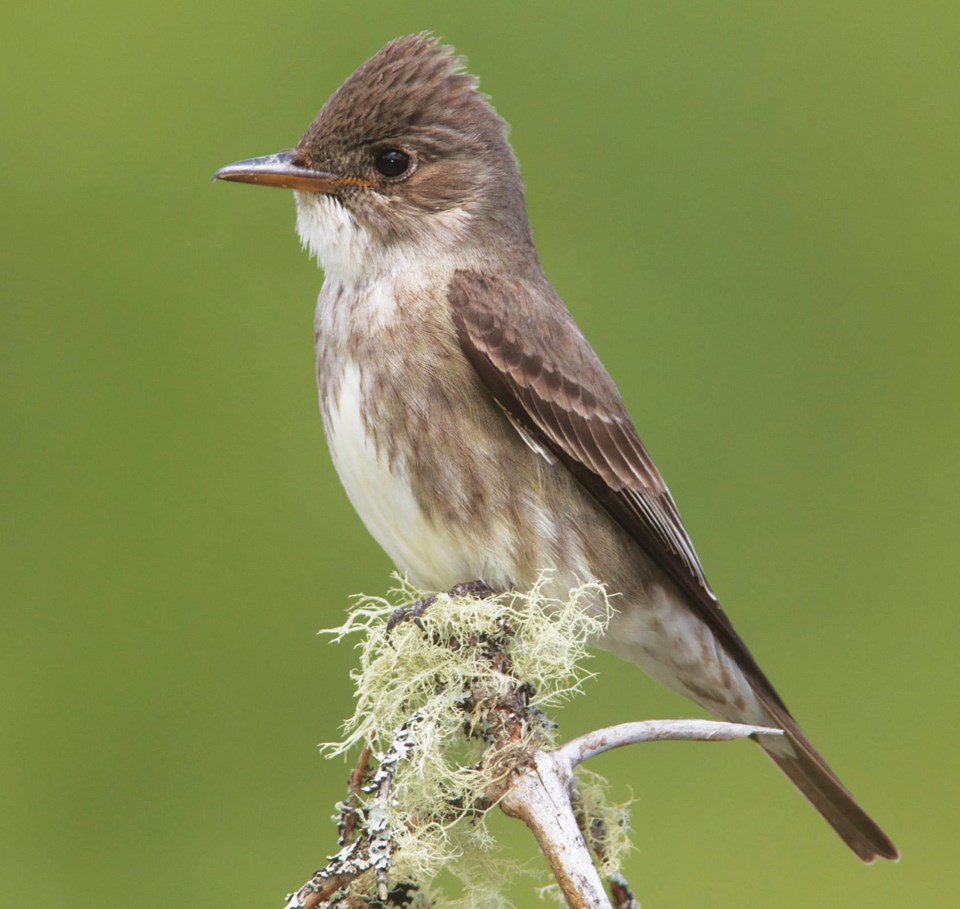In late May and June we are in the season of peak bird song. Birds sing for two main reasons: to attract a mate and to announce and defend a breeding territory. Generally, only the male bird of a species sings and the females are attracted to the best singers. Equally, females are attracted to males with the best plumage characteristics. Both these attributes are largely indistinguishable to humans, but within the species are indicative of virility and superior genes.
The period of peak bird song is the breeding season when pair bonds are created, nesting territories established, eggs laid and young reared. A very few of our local species may be heard singing all year, house finches for example, and occasionally, even in the depths of winter, you may hear a burst of song from a song sparrow on a warm, sunny day (in anticipation of the coming days of spring). During the non-breeding season birds communicate with a variety of other vocalizations such as chirps, cheeps, twitters and squawks used in exactly the same way as humans might use a twitter or an email to exchange relevant information about the environment or simply to socialize.
Surprise, surprise! But only the group of birds known as the songbirds actually sings. These are the passerines or perching birds such as robins, thrushes, sparrows, warblers, etc. About half of all birds in families such as the ducks, herons, raptors, loons, alcids, gulls, owls, etc. do not sing. Even within the passerines not all bird families sing, so the swallows, the flycatchers and the corvids (crow family) do not sing, at least not in the way that we understand the word song, which basically suggests melody and sweet sounds.
Birders do much of their identification by listening to vocalisations rather than by visual means, and it is quite possible to learn all the local songs. This is a challenging project when you first start, but by learning the songs one by one the task becomes progressively easier. There are many options for learning bird song, including a variety of birding apps. There are also different techniques for memorizing the plethora of sounds emanating from the bird world. Consciously or sub-consciously, we tend to phoneticize sounds into human linguistics; it just makes them easier to remember. Thus, locally we have western tanagers saying pit-er-ik, Hutton’s vireos zu-weep, willow flycatchers fitz-bew, and most famously the olive-sided flycatcher with its clearly enunciated quick three beer.
Since May 15, the sound of summer on the Sunshine Coast has been evident with Swainson’s thrush singing its ethereal dawn and evening madrigal. It is a great time to be alive! To report your sightings or questions, contact [email protected] or 604-885-5539.



